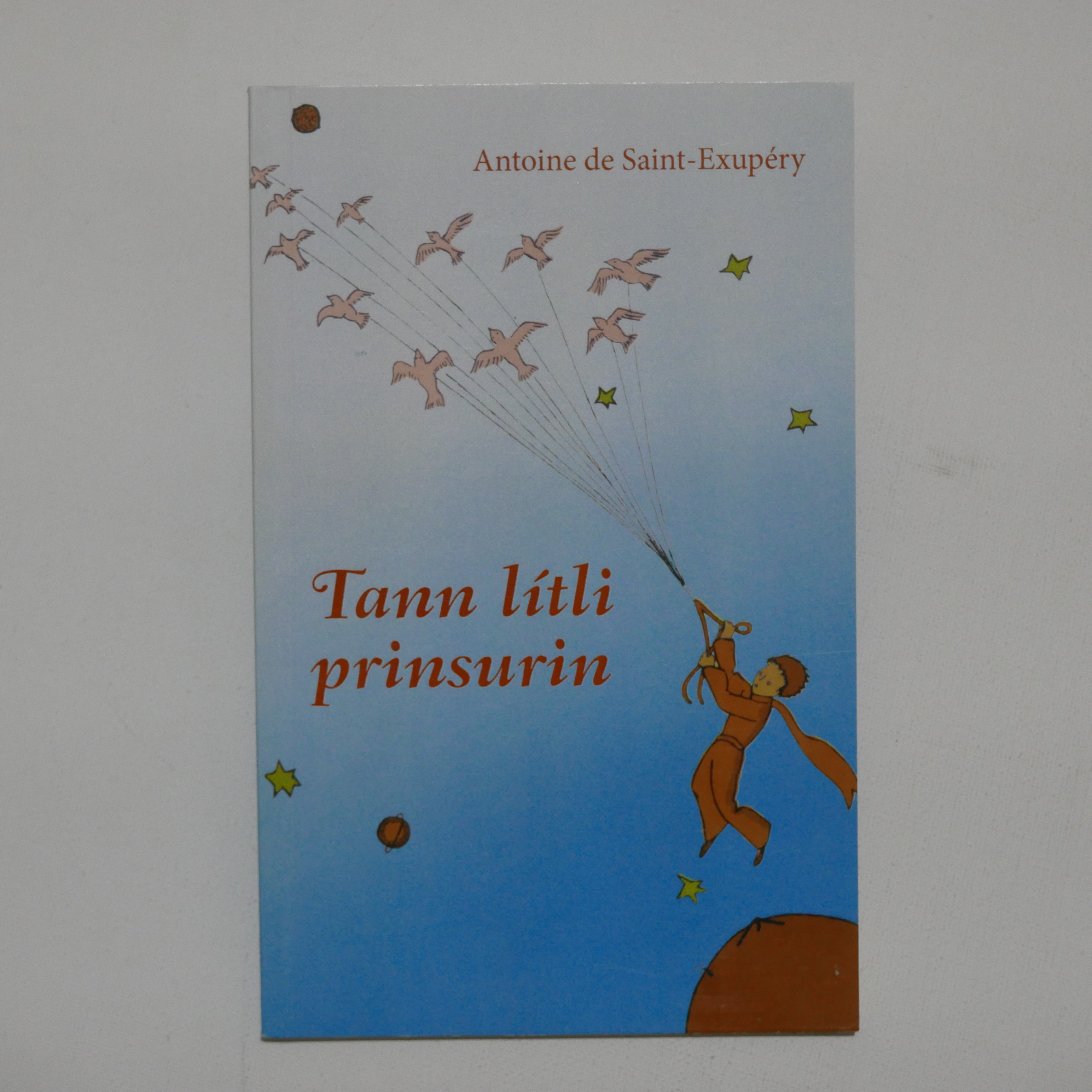
Tann Lítli Prinsurin — in Faroese (Føroyskt).
The Faroese language (Føroyskt) is a North Germanic language spoken primarily in the Faroe Islands, an archipelago between the Norwegian Sea and the North Atlantic Ocean, and a self-governing territory of the Kingdom of Denmark. Faroese is closely related to Icelandic and to the extinct Old Norse language, from which both Faroese and Icelandic are derived.
Faroese descends directly from the Old Norse language spoken by Norse settlers who arrived in the Faroe Islands around the 9th century. It evolved distinct characteristics but retained more Old Norse features than other North Germanic languages. It remained relatively isolated, which contributed to its preservation of many archaic features not found in other North Germanic languages, similar to its close relative, Icelandic.

The establishment of a standardized written form of Faroese was largely the work of Venceslaus Ulricus Hammershaimb in the mid-19th century. His orthographic system, while based on etymological principles, made it possible to maintain the historical and cultural lineage of the language. The Faroese alphabet is based on the Latin script, with the addition of three letters: Æ/æ, Ø/ø, and Ð/ð.
Faroese has a complex vowel system with both short and long vowels, as well as diphthongs. The language is known for its conservative phonology that preserves many features of Old Norse. Faroese grammar features three genders (masculine, feminine, neuter), four cases (nominative, accusative, dative, genitive), and strong and weak noun and adjective declensions. The verb system includes several moods and both strong and weak conjugations.


